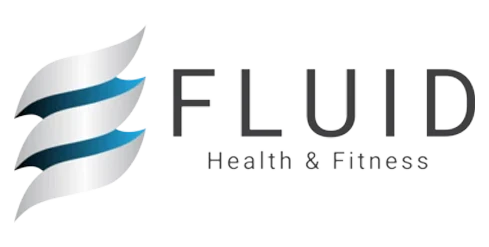
The human body is a masterpiece of collaboration. Muscles don’t work alone; they function as part of a team to produce smooth, coordinated movement. Each muscle plays a specific role, and understanding these roles can help us move more efficiently and prevent injury.
- Prime Movers: The stars of the show. These are the main muscles responsible for a movement. For example, in a bicep curl, the biceps are the prime movers.
- Synergists: The supporting cast. These muscles assist the prime movers by adding extra force or stabilizing the movement.
- Antagonists: The brakes. These muscles oppose the prime movers to ensure controlled and balanced motion. In a bicep curl, the triceps act as antagonists.
- Stabilizers (Fixers): The backstage crew. These muscles keep your joints stable and prevent unwanted movements.
Key Terms:
- Prime movers: Main muscles driving the movement.
- Synergists: Supporting muscles that assist the prime movers.
- Antagonists: Muscles that oppose the movement to ensure control.
- Stabilizers: Muscles that stabilize joints and maintain alignment.
Real-Life Example: When performing a push-up, your pectorals (prime movers) work to push your body up, your triceps (synergists) assist, your back muscles (antagonists) control the downward motion, and your core muscles (stabilizers) keep your body aligned.
Practical Applications:
- Strength training programs should address all muscle roles to ensure balanced strength and coordination.
- Functional exercises, like squats or lunges, engage multiple muscle roles simultaneously, improving overall movement efficiency.
Test Your Comprehension:
- What role do synergists play in movement?
- Why are stabilizers important in exercises like planks?
- How can neglecting antagonists lead to injury?
Scientific References:
- Neumann, D.A. (2016). “Kinesiology of the Musculoskeletal System.”
- Hamill, J., & Knutzen, K. (2015). “Biomechanical Basis of Human Movement.”



